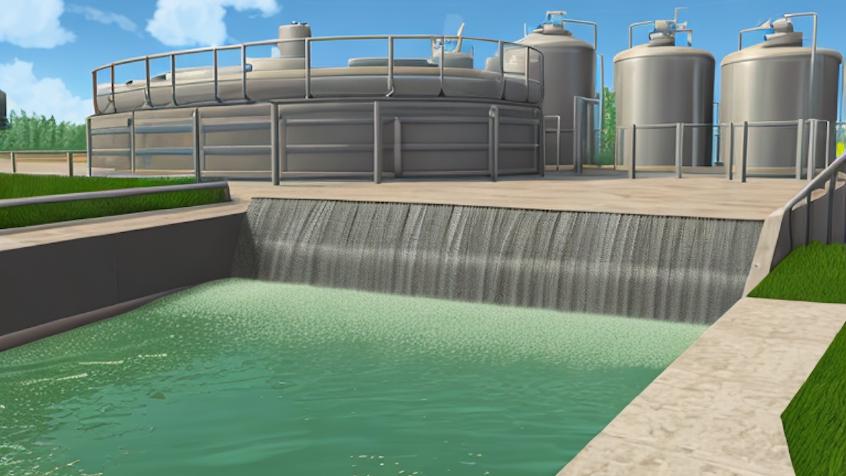
Use of an artificial neural network for predicting sludge volume generated in textile effluent treatment plants: a case study
What’s up hacker, sudo? This paper proposes the development of a system to estimate the amount of sludge generated by an Effluent Treatment Station (ETS) in a textile industry, using artificial neural networks (ANNs). It was published at the XXXI Congresso da sociedade brasileira de computação in 2011 in Natal-RN, Brazil.
In a nutshell
The efficiency in removing potential pollutants from the ETS was analyzed, verifying if the organic parameters, color and material require further studies and alternatives to reduce their concentrations in accordance with current legislation. A neural network (NN) was created based on a database that covered data from 2002 to 2007 of the parameters analyzed by the company and the volume of sludge generated after effluent treatment. Several feedforward architectures were developed using supervised learning and the backpropagation algorithm to determine the number of neurons in the hidden layer. The test results were evaluated based on the mean quadratic error and the linear regression of the network predictions. It became evident that the use of NNs to model effluent treatment stations is suitable and highly relevant for improving process modeling techniques.
Paper
APA reference
Bousfield, P.; Silva, J.; Chapuis, L.. (2011) Uso de uma rede neural artificial para previsão do volume de lodo gerado em estações de efluente têstil: um estudo de caso. In XXXI Congresso da sociedade brasileira de computação. Disponível em: http://www2.sbc.org.br/csbc2011.

